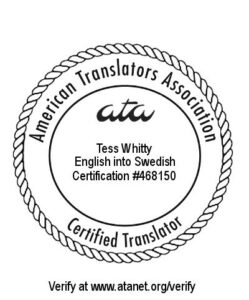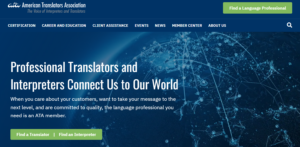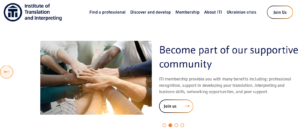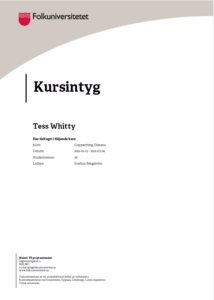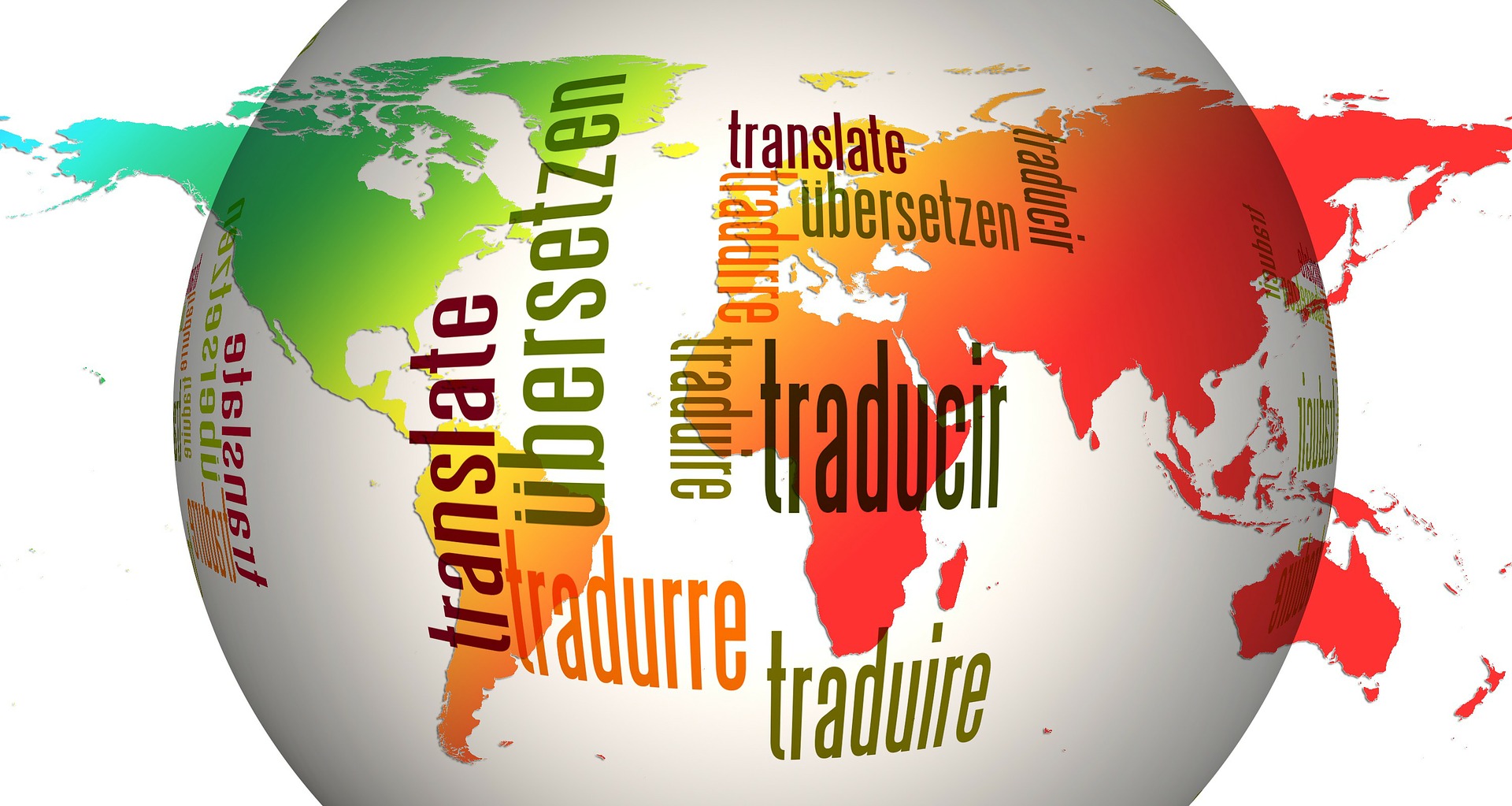This is a guest post by Albert Brown
Why translation services needed?
In general perception, global economy doesn’t come to our mind when we consider interpretation services. We normally think of it as somebody having a thorough knowledge of the root and destination languages, who helps others to understand some different languages and let the communication process flow between two or more people. Translation service has a huge contribution in helping people to overcome the language barrier. But did you know it also plays a significant part in boosting the global economy?
For a company preparing to step into the global market, translation service is a must to function properly. Companies may be doing business on a giant scale in and around their local area but when they want to expand out, they’re almost unknown in their target market and require a lot of hard work to get themselves introduced. Interpretation services bridge the gap between these companies and locals of the target country.
Without language services, it is impossible for a company to improve its own financial standing as well as contribute towards the global economy. To make a footprint in the global market, it is the first and foremost criteria for a company to join hands with a good translation service provider. It greatly enhances the client relationship along with helping it strengthen its position in the global marketplace.

Issue on the translation of economics
In today’s world of information society and globalization, when global economy mainly depends on the distribution and production process along with communication and information, language services play a key role. Banks and other financial institutions operate in various languages to increase their customer base. Multinational companies release documents in various languages for the sake of service expansion and to reach every corner of the global market.
With the increasing growth of “LCCS” or “low-cost country sourcing” where a company imports materials from the countries with lower production and labor costs like Brazil, China, India and Eastern Europe to decrease operational costs, the need of translating franchise agreements, contracts, financial documents, company documents and associated documentations is growing rapidly. Interpretation services occupy a centralized position in the prospective cross-border “M&A” (mergers and acquisitions) which mainly depends on effective and efficient exchange of information between all the involved parties responsible for the transaction.
For addressing this, many research avenues are created that are connected to economic and technical translation services and the challenges related to it. Unlike other subject-related translations like technical translation and legal translation, economic translation has become an uncommon topic of special issues of TS (Translation Studies) journals. As an outcome, economic translation research is spread over various publications and aims at some chosen isolated issues. Such language services mostly focus on the economic terminologies.

Why is translation so important in the global economy?
Translation applications act like important resources for both the translators and normal people and the sale and design of these apps and various web-paced platforms are a flourishing segment in the language industry. A translation project creates numerous job openings distributed among various platforms.
Many language services companies that manage high volume translation projects employ not only translators but graphic/formatting artists, proofreaders, project managers and administrative staff who look after the project requirements. Hiring of such professionals is done by scouting for talent across the globe. All of this jointly contributes to a flourishing translation industry, which is forecasted to reach $37 billion by the year 2018 throughout the world.

Advice on language service
Communication languages usually undergo a change along with a change in the global business mode. Economic development has significantly impacted the popular communication languages used for international businesses.
Accordingly, it has developed the popularity of admissions in various second language courses in universities and colleges. Though it’s difficult to talk about the exact way that would help someone learn a language as his/her second language, such learning does help to enhance the overall employability for sure. Spanish, French, Mandarin, Arabic, Chinese, American Sign Language, Russian, German and Portuguese are some of the languages worth learning.
Before going out to learn a new language, some important factors need to be taken into consideration. These include your future plans after learning the language such as availing a job in a global business, working overseas, becoming an interpreter or opting for a job in the government sector.

How translation improves the economy
Economic growth of a country depends upon various factors. One of the most significant factors that contribute to the economic development is the total count of industries that manufacture quality products or provide quality services. It has been observed that a country with developed economy helps the services and industries to grow rapidly.
Thus, industrial development and economic development are dependent on each other. The translation industry, especially the business and technical translation services sectors, have developed rapidly over the last few years. This sector has excellent growth opportunity, especially in the countries where each day a new business avenue is opening up in the market and opportunities are overflowing as a result of globalization.
The local markets too are flooded with foreign products and a significant number of foreign countries are rendering their services in these local markets. It has been observed that in a developed economical condition, the cross-border exchange is not merely restricted to products and services. Rather, it extends to a significant amount of cultural exchange as well.
This exchange is directly connected to economic development. After all, more economical development means more cultural exchange. Interpretation services play a key role in bridging the gap between two cultures, thus helping in the exchange of literature, knowledge, services and products and much more.
Author Bio:
Albert Brown, passionate writer & translation consultant. He is fond of reading about different cultures & traditions being followed across the world. He loves visiting new places and learning different languages. Reading and writing about the importance of language and its variations is something that keeps him busy during free time. Guiding people about the right source is something he is known for. Find out more about Albert’s company – Translation Excellence here.
Check also:
